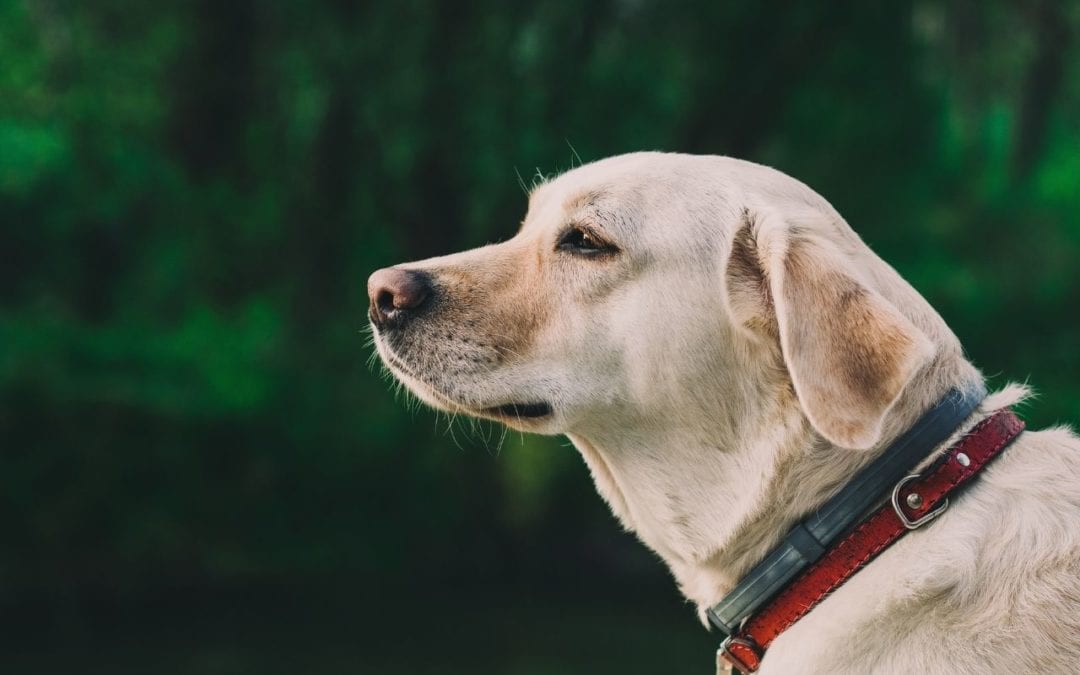
How to Test Collar Fit and Snugness for Your Pet's Safety
Share
Ensuring that your pet's collar fits correctly is more than just a matter of comfort; it's a vital aspect of their safety and wellbeing. As health-conscious pet owners, our goal is to make sure our beloved companions are not only stylish but also safe and secure. The primary keyword for today's discussion is 'How to test collar fit and snugness,' a crucial topic for every pet owner.
When it comes to pet collars, a perfect fit can prevent a myriad of issues, ranging from minor skin irritations to serious choking hazards. A collar that is too tight can cause discomfort or even harm, while one that is too loose might lead to your pet slipping free during walks. To avoid these scenarios, it's essential to know how to test collar fit and snugness properly.

Understanding the Importance of a Well-Fitted Collar
A well-fitted collar ensures that your pet is comfortable and secure at all times. It serves as a means of identification and can be a critical tool in training and behavior management. However, many pet owners are unsure about how to achieve the right fit. According to PetMD, collars that are either too tight or too loose can cause significant harm to pets.
As highlighted in our dog obedience classes article, a critical aspect of training involves ensuring that tools like collars are used correctly. A collar that doesnt fit well can interfere with your training efforts, leading to frustration for both you and your pet.
The Two-Finger Rule: A Simple Test for Snugness
The most commonly recommended method for checking collar fit is the two-finger rule. This involves placing two fingers flat between your pet's neck and the collar. If your fingers fit comfortably without exerting pressure, the collar is likely a good fit. However, if you find it difficult to slide your fingers in, the collar is too tight. Conversely, if you can easily fit more than two fingers, it's too loose.
When adjusting the collar, always ensure that youre using the right size and type for your pet. Our guide on choosing a collar for puppies provides additional insights into selecting the right collar type based on your pets age and breed.
Signs of an Improperly Fitted Collar
Recognizing the signs of an improperly fitted collar early can prevent potential health issues. Look for signs such as hair loss around the neck, skin irritation, or your pet frequently scratching at the collar area. These symptoms often indicate that the collar is either too tight or made of a material that irritates your pets skin. For more on material considerations, check out our article on collar durability.
Additionally, if your pet seems to be able to slip out of their collar easily, its a sign that its too loose. This can become a safety hazard, especially during walks or when your pet is in an unfamiliar environment. Our article on training collars further explores how snugness can impact training effectiveness.
Adjusting and Maintaining the Perfect Fit
Regularly checking and adjusting your pet's collar is essential. Pets grow, gain or lose weight, and their fur density can change, all of which impact collar fit. Its advisable to check the fit of your pets collar at least once a month. During these checks, also inspect the collar for wear and tear.
For those using collars as part of training, like e-collars, ensuring the proper fit is even more crucial. Misfitting collars can lead to ineffective training or even injuries. Therefore, always ensure that the collar is snug enough to stay in place but loose enough to not cause harm.
Conclusion
The question of 'How to test collar fit and snugness' is one that every pet owner should be able to answer confidently. A properly fitted collar is essential for your pet's safety, comfort, and health. By following these guidelines and regularly assessing the fit, you can ensure your pet remains happy and safe.

FAQs
Why is collar fit important for my pet?
A well-fitted collar prevents choking, skin irritation, and ensures your pet's identification is secure.
How often should I check my pet's collar fit?
It's recommended to check your pet's collar fit every month to adjust for growth or changes in weight.
What are the risks of an improperly fitted collar?
Risks include choking hazards, skin irritation, and the possibility of your pet slipping free.
This article contains affiliate links. We may earn a commission at no extra cost to you.
